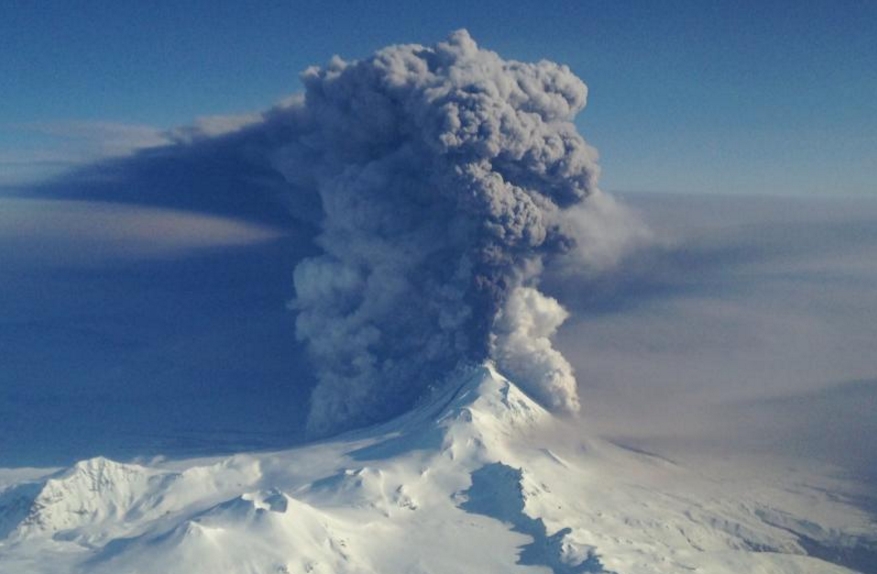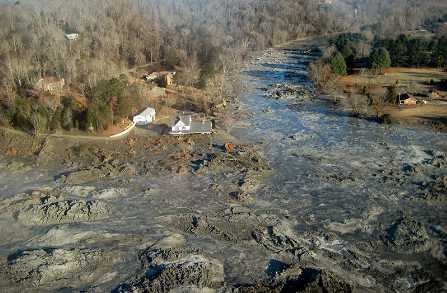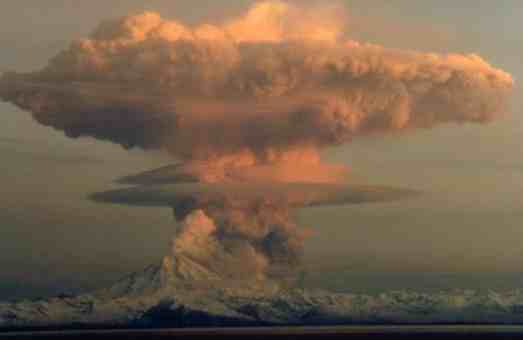
The Alaska Volcano Observatory reported today that the Pavlof Volcano, which erupted abruptly on Sunday afternoon, has now exhibited reduced emissions, and has lessened to the degree that is is now difficult to observe.
The Pavlof volcano, situated to the west of the entrance to Pavlof Bay, in the Aleutians, was observed by a pilot to be emitting ash to an altitude of 20,000 feet on Sunday afternoon. It was reported on Sunday that seismic activity elevated above background levels and began showing continuous tremors. Later on Sunday night, mariners near Pavlof Bay, pilots, and the residents of Cold Bay 37 miles distant, were able to see lava fountaining from the summit of the volcano.[xyz-ihs snippet=”adsense-body-ad”]
By Monday morning, lightening from the ash emissions was observed. At that time, the ash had reached 37,000 feet and had dispersed out to 400 miles to the northeast. But, by Monday afternoon, ash emissions began decreasing, which prompted AVO to lower the aviation alert color to orange from red.
On Tuesday morning, intermittent ash emissions were reported to be confined to 15,000 feet or less. AVO also reported that the elevated surface temperatures that signified possible lava flow, had also decreased.
AVO said in their report, “Although the intensity of the eruption has diminished, it is possible for conditions to change at any time and more significant ash emissions may resume with little to no warning. AVO will continue to monitor the volcano closely.”






